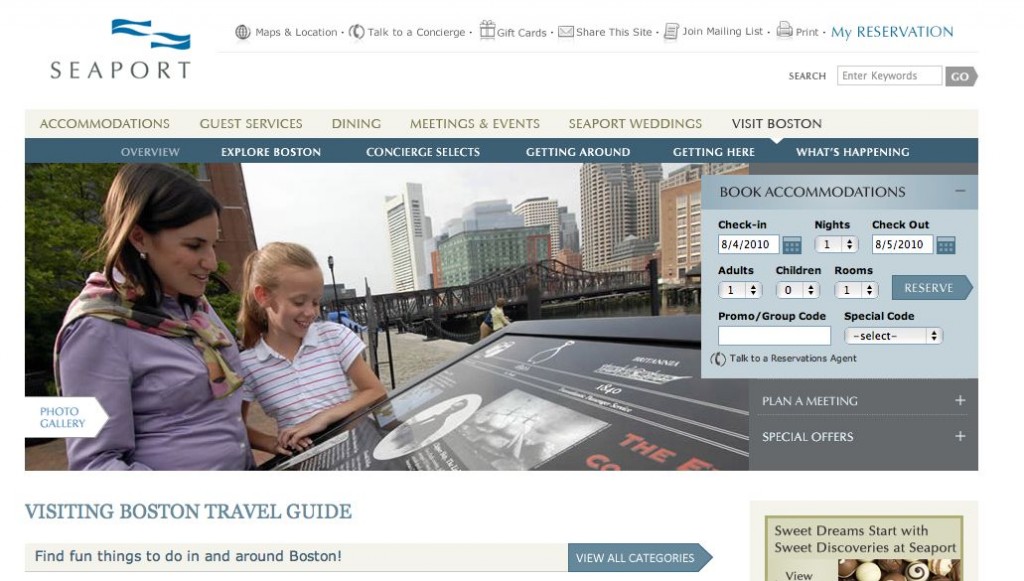I love the story today on the front page of the Wall Street Journal about a hub-bub among Savile Row tailors. A “star fabric cutter,” Matthew Farnes, quit his job with his Savile Row firm nine months ago and decided to go … rogue. His business is run out of his house (shocking!) and he makes in-person visits for fittings (shocking!) and he started a blog (outrageous!).
 As the WSJ article “Rogue Tailor Needles Savile Row, Gets Himself a (Law)suit” reports, his former employes is suing him (alleging typical breach-of-contract issues). He also uses the word “bespoke,” which the established Savile Row tailors claim is tantamount to heresy if you’re not a business physically located on Saville Row and belong to a specific tailor’s organization.
As the WSJ article “Rogue Tailor Needles Savile Row, Gets Himself a (Law)suit” reports, his former employes is suing him (alleging typical breach-of-contract issues). He also uses the word “bespoke,” which the established Savile Row tailors claim is tantamount to heresy if you’re not a business physically located on Saville Row and belong to a specific tailor’s organization.
I’m not so much interested in the controversy over the legal issues as I am in the fact that one talented person decided to make his business personal and he can be found on the web thanks to his blog. See his blog here: Savile Row Artisan.
First, I applaud Mr. Farnes for his chutzpah. It’s hard not to like someone who is willing to strike out on his own and break their industry model.
Second: look at what a great job he does on his blog — and this guy’s a tailor? Here’s the lesson folks: you can learn a lot from his blog — and how a very small, sole proprietor business can do a blog.
Mr. Farnes blogs about info that his peers would find interesting (like a Cloth Club where members can offer input on cloth production); he mentions insider tips for suit buyers; he talks about suits he’s making, and comments on what makes them special; he even has a short video post about a recent visit to New York.
His topics speak to: his peers, his potential customers, existing customers — by demonstrating his knowledge of his area of expertise.
If you have a small business, you too should be demonstrating your knowledge and experience, and a blog is the best way to do that. Demonstrating knowledge builds trust, and these days, marketing is all about trust. Customers and clients make their choices based on many things, but trust is one of the “must haves.”
Mr. Farnes could also, of course, use a Facebook account and a Twitter account too (social media’s main “booster rockets”).
But good luck Mr. Farnes! Keep breaking down those barriers.
PS: Yes, I’m aware there are other Savile Row blogs – I was having a bit of fun in the headline, which plays off the theme of the WSJ’s headline.
